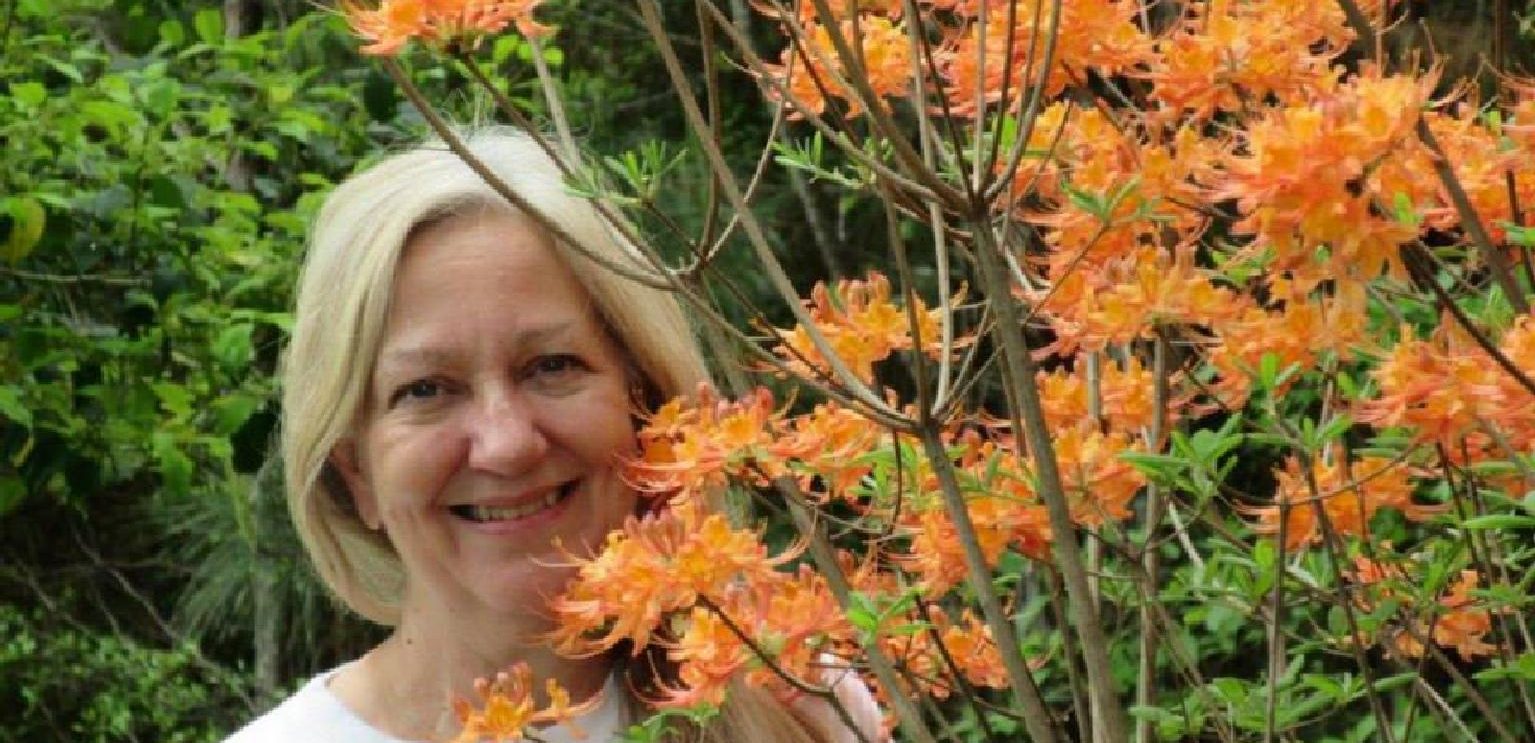 On Sunday, April 19, I visited the Tulane River and Coastal Center garden where the Native Plant Initiative met back in June of 2019. I wanted to see this oasis nestled next to Mardi Gras World and the Mississippi River to see how the plants were liking their home in the downtown concrete jungle.
On Sunday, April 19, I visited the Tulane River and Coastal Center garden where the Native Plant Initiative met back in June of 2019. I wanted to see this oasis nestled next to Mardi Gras World and the Mississippi River to see how the plants were liking their home in the downtown concrete jungle.
This native plant smorgasbord garden was sponsored by Tulane Bywater Institute and was planted by Tulane folks assisted by Susan Norris-Davis. She told me, "My connection here is that Mark Davis, my husband, is the current director of the Bywater Institute and he asked me to help install the garden." Here’s a link: bywater.tulane.edu
Once a week Susan has been volunteering her time to tend this garden and her tender loving care has created a spot for nature's creatures to thrive. Seeing green plants and flowers in an area totally surrounded by buildings and paved streets not only provides sustenance for butterflies and pollinators but also brings smiles to human faces!
This garden is another perfect example of the saying, "Plant it and they will come!" During her weekly visits, Susan has enjoyed seeing Long-tailed Skippers collecting nectar from flowers plus she found a clutch of eggs on the Wisteria vine and a fat Black Swallowtail caterpillar!
During my visit, even though the weather was cloudy and windy, I saw a trio of insects: Lady Long-Tailed Skipper Black Swallowtail Monarch bugs, Groundsel Bugs, and some Honey Bees. However, what really caught my attention was the sea of native Aquatic milkweed sticks with twenty-two fat Monarchs chewing every last leaf.
 |
 |
 |
| Long-Tailed Skipper | Black Swallowtail | Monarch |
Insects have found this oasis and are benefiting from its bounty! When adding native plants to your garden, you will be successful growing them if you can replicate the growing conditions these plants use in nature's varying habitats. Seeing these plants in action displayed in public locations also helps gardeners to determine which ones they would like to add to their own gardens as an invitation to enhance their butterfly and pollinator activity.
To see the entire article that I wrote, click here.




